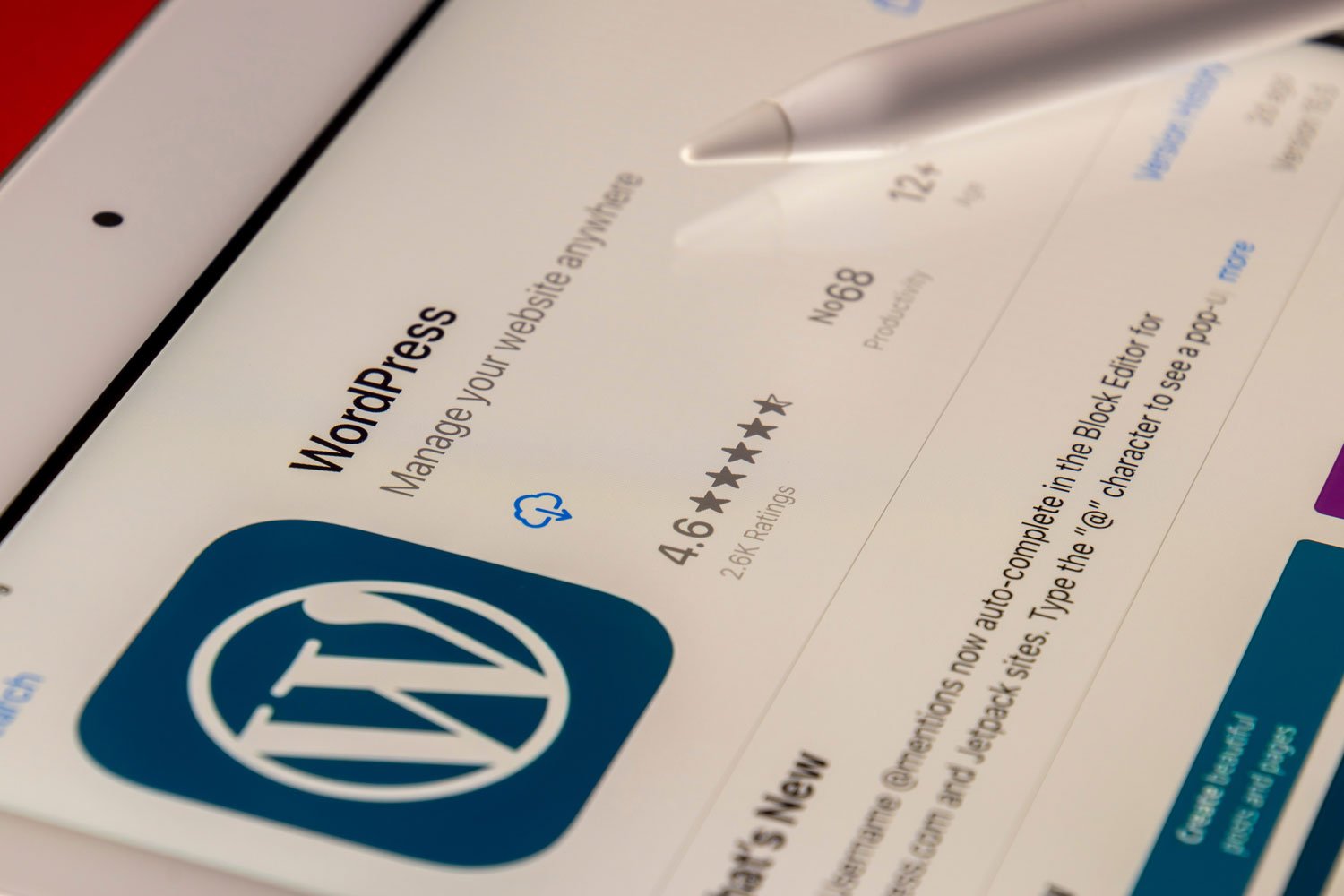WordPress has become one of the most popular content management systems (CMS) in the world, powering millions of websites worldwide. As such, it’s important for website developers to create websites that are accessible to all users, including those with disabilities. In this blog post, we will discuss the importance of accessibility in WordPress web design and how to create an inclusive website that accommodates users with disabilities.
Why Accessibility is Important in WordPress Web Design
Website accessibility means that all users, regardless of their physical or cognitive abilities, can use and access your website. As a website owner, it is essential to ensure that your website is accessible to everyone. Not only is it the right thing to do, but it is also a legal requirement in many countries.
In the US, the Americans with Disabilities Act (ADA) requires that websites be accessible to individuals with disabilities. Failure to comply with the ADA can result in lawsuits and hefty fines. In addition, having an inaccessible website can hurt your brand reputation and cause you to lose potential customers.
Creating an Accessible Website in WordPress
Here are some tips to create an accessible website in WordPress:
- Use a responsive theme: Responsive themes are designed to adjust to different screen sizes, making them accessible on various devices, including mobile phones and tablets.
- Add alt tags to images: Alt tags provide descriptions of images that are read by screen readers, making it possible for visually impaired users to understand the content of the image.
- Use accessible plugins: When choosing plugins for your WordPress site, ensure that they are accessible to users with disabilities.
- Use appropriate color contrast: Ensure that there is enough contrast between the background and text colors to make the text easily readable.
- Use descriptive link text: Link text should provide an accurate description of the linked page or content, making it easier for users to navigate your website.
- Use headings and subheadings: Headings and subheadings break up content and make it easier to read and navigate, especially for users with cognitive disabilities.
- Use clear and simple language: Use clear and simple language to make your content easy to read and understand for users with cognitive disabilities.
Conclusion
In conclusion, website accessibility is crucial for ensuring that all users can access and use your website, regardless of their abilities. By implementing the tips discussed in this blog post, you can create an inclusive website that accommodates users with disabilities, improves your brand reputation, and helps you avoid legal issues. As a WordPress website owner, it’s essential to prioritize accessibility in your web design and development process.
Contact us for more information on creating an accessible website or to discuss your WordPress web design needs.



